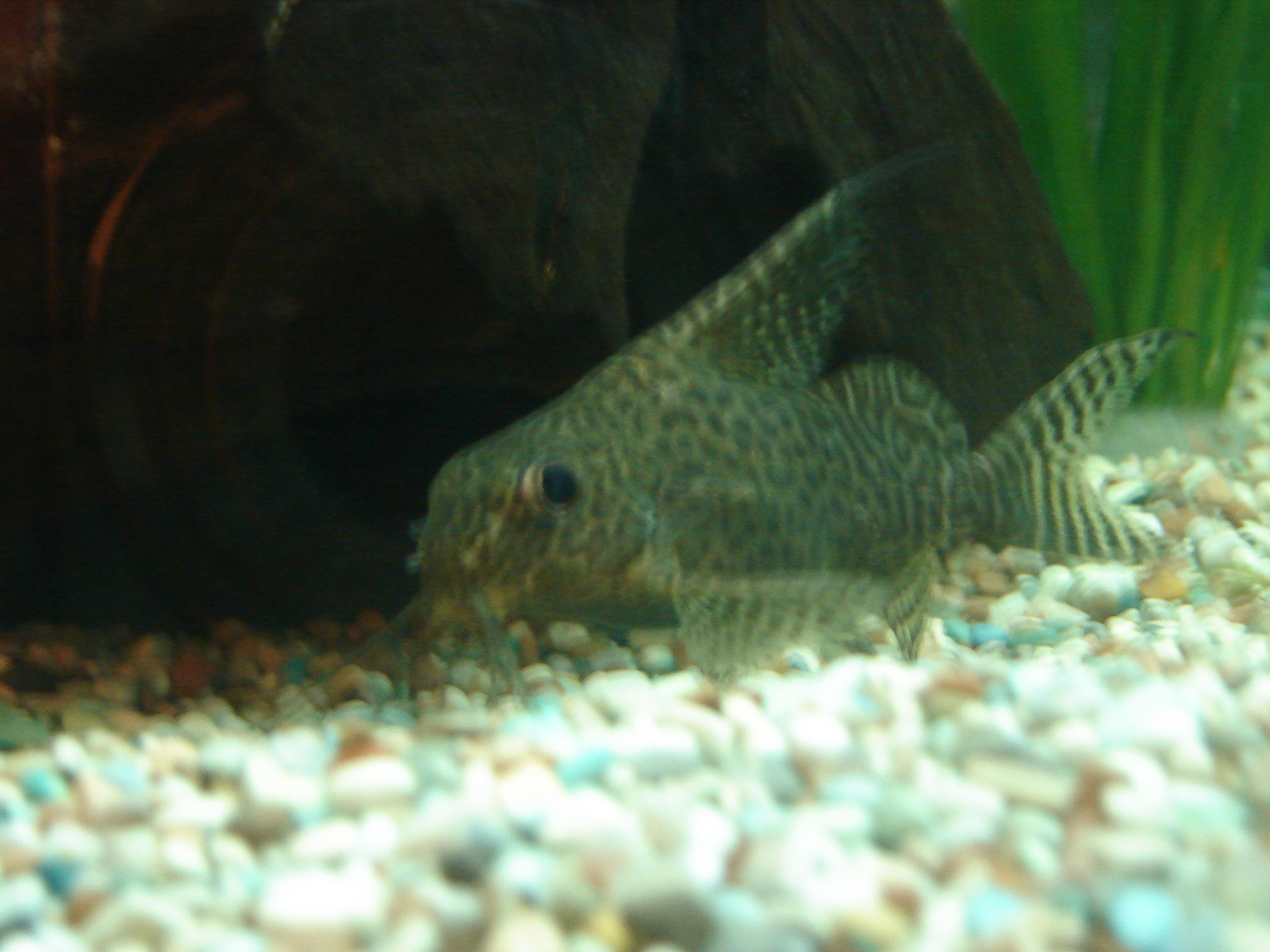- Featherfin squeaker
Taxobox
name = Featherfin squeaker
status = LR/cd

image_width = 250px
regnum =Animal ia
phylum = Chordata
classis =Actinopterygii
ordo =Ostariophysi
familia =Siluriformes
genus = "Synodontis "
species = "S. eupterus"
binomial = "Synodontus eupterus"
synonyms = Featherfin synoThe featherfin squeaker (Synodontis eupterus) is a species of "
Synodontis "catfish . The fish' habitat is located inChad ,Niger . Also known simply as featherfin catfish. Featherfin squeakers are called such due to their ability to make noises tocommunicate with one another and also for their high feather-like fin which is valued by many hobbyists. Wild specimens are usually around 6-8 inches. These fish are usually kept singly inaquaria due to their territorial and aggressive nature when they reach maturity, but several can be kept in large,public aquaria .In the Aquarium
General Info
Featherfin squeakers are very hardy and easy to care for, but still not recommended for beginners due to the problems they might cause, saying that they are territorial. If housing these with other bottom dwellers, make sure each has a cave for itself and locate each cave as far away from each other as possible. As with any fish, keep the tank water clean and at a balanced pH, kH of 2-15 and a warm water temperature, around 25-28 degrees
Celcius . The absolute minimum tank size should be 30 gallons, sparsely or densely planted with live or fake plants, it doesn't really matter, as long as it has big enough caves to hide in.Diet
These are omnivorous so give them a good quality flake food as the staple, or even better sinking catfish pellets. An occasional feeding of spirulina flakes or algae wafers would ensure the vegetable part of their diet. Once weekly feeding of
bloodworms ,tubifex ,brine shrimp and other meaty foods will complete the perfect diet. Be sure to feed before lights on and off, because like most catfish, it is rathernocturnal , which means it feeds at night.Tankmates
The only category that really matters is that bottom dwelling tankmates should have their own territories, especially this one. Reports have been made that it is kept successfully with corydoras catfish without any problems. Due to its rather bold and aggressive nature, it is a perfect bottom dweller for cichlid tanks, just make sure that there is an extra cave when introducing one, cause it might steal a cichlid's cave.
Breeding
It was never bred naturally in captivity, so pet shop specimens were bred from hormone injected parents, which is sort of hard for a regular hobbyist to accomplish.
References
*http://www.aquahobby.com/gallery/e_feather.php
*http://www.aquariumlife.net/profiles/african-catfish/featherfin-catfish/100062.aspExternal links
* [http://planetcatfish.com/catelog/species.php?species_id=121 Planet Catfish]
* [http://www.fishbase.org/Summary/speciesSummary.php?ID=9559 FishBase]
* [http://www.centralpets.com/animals/fish/freshwater_fish/fwf4496.html Central Pets]
Wikimedia Foundation. 2010.
